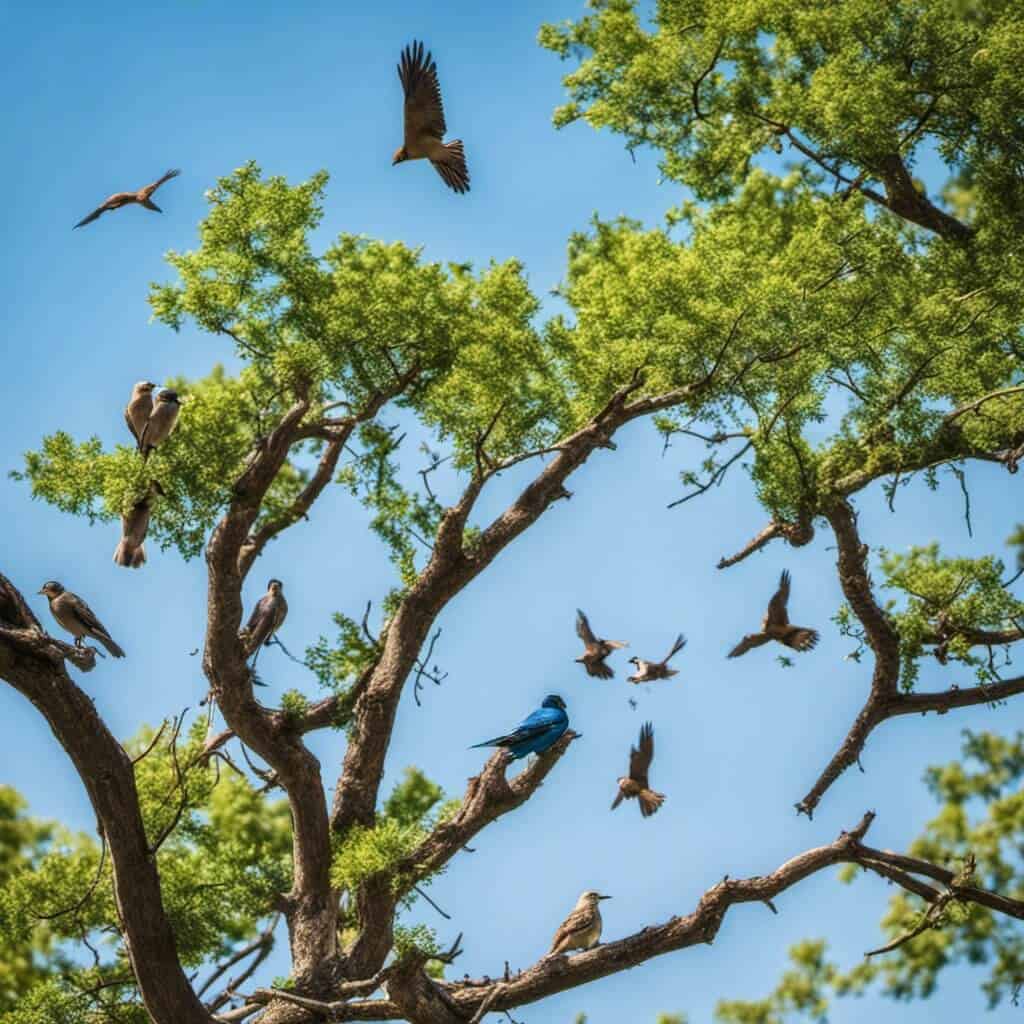Birds are fascinating creatures that exhibit various behaviours, from migratory patterns to nesting habits and feeding preferences. Understanding these behaviours can provide insight into the lives of birds and the ecosystems they inhabit.
Bird Behaviour
Birds exhibit a wide range of behaviours. Understanding bird behaviour is essential for bird watchers, ornithologists, and anyone who enjoys observing birds.
Birds use vocalizations to communicate with each other. Songbirds, for example, use complex songs to attract mates and defend their territory. Some birds also use calls to warn others of potential danger or signal food’s presence. The pitch, rhythm, and duration of a bird’s vocalizations can provide valuable information about the bird’s species, sex, and age.
Many birds engage in elaborate courtship displays during the breeding season to attract mates. These displays can include posturing, flapping of wings, and singing. Male birds often use their colourful plumage to impress females. Courtship displays can be highly ritualized and involve specific movements and vocalizations. Having binoculars or a spotting scope can help you see these displays clearly.
Birds have a wide range of foraging habits, depending on their species and environment. Some birds, such as woodpeckers, excavate insects from trees using their beaks. Others, such as hummingbirds, feed on nectar from flowers. Some birds, like crows, are omnivorous and will eat various foods, including insects, fruits, and carrion.
Many birds are highly territorial and will defend their territory against intruders. Territorial displays can include posturing, vocalizations, and aggressive behaviour. Some birds, like hawks, will fly in circles above their territory to deter other birds from entering. Other birds, like robins, will chase intruders away by flapping their wings and making loud calls.
Bird Behaviour: Migratory Patterns
Migratory patterns are one of the most striking behaviours of birds. Many birds undertake long and arduous journeys each year, travelling thousands of miles across continents and oceans to reach their breeding and wintering grounds.
These migrations are often timed with changes in the seasons and availability of food, weather patterns, the length of the day and magnetic fields.
Birds are brilliant and use a variety of cues to navigate during migration, including the position of the sun, the stars, and the Earth’s magnetic field. Some species also rely on visual landmarks and memory to navigate. The routes of migratory birds vary from the species and the location of their breeding and wintering grounds. For example, many birds that breed in the northern hemisphere migrate south for the winter, often crossing the Gulf of Mexico to reach their destinations.
Weather conditions and day length can also play a role in the migratory patterns of birds. For example, some species may delay their migration in unfavourable weather conditions, while others may adjust their migration timing to take advantage of tailwinds. Day length can also trigger migratory behaviour, with many species beginning their journeys when the days get shorter in the fall.
There are many species of migratory birds, each with its unique migratory pattern. One notable example is the Arctic Tern, which has the longest bird migration, travelling from its breeding grounds to its wintering lands in the Antarctic and back yearly. Other notable migratory species include ducks, swallows, and bar-tailed godwits.
Bird Behaviour: Nesting Habits
Nesting habits are another important aspect of bird behaviour. Different species of birds have evolved a wide range of nesting strategies, from building elaborate structures to laying eggs directly on the ground. Nesting habits can also be influenced by habitat availability and predation risk. Understanding these strategies can provide important information for conservation efforts and habitat management.
Birds look for a place that is safe from predators and provides sufficient shelter from harsh weather conditions when choosing a nesting site. So, some birds nest in trees, others prefer to nest on the ground, and some nest in man made structures such as buildings, bridges, and streetlights.
Once a bird has chosen a nesting site, it will start constructing its nest. The construction of a nest varies greatly depending on the species of bird. The bird may build elaborate nests using twigs, grass, and other materials, while others lay their eggs on a bare patch of ground. Some birds even use mud to construct their nests.
After a bird has constructed its nest, it will lay its eggs and begin incubating. The length of incubation varies depending on the bird species, but it typically lasts between 10 and 30 days. During this time, the parent birds will sit on the eggs to keep them warm and ensure they hatch successfully.
Once hatched, the parent birds will continue to care for their young until they are old enough to leave the nest. Depending on the bird species, this can take a few days to several weeks. Once the young birds are ready to leave the nest, they begin the fledging process, which involves learning to fly and becoming independent.
Bird Behaviour: Feeding Preferences And Diet
Birds have a wide range of feeding preferences and diets. The meal of choice for a bird depends on its beak shape, size, and length, as well as its habitat and behaviour. Birds can be classified into three main categories based on their feeding preferences: insectivorous, granivorous, and omnivorous.
Insectivorous birds primarily feed on insects, spiders, and other small invertebrates. These birds have sharp, pointed beaks well-suited for catching and eating prey. Some common examples of insectivorous birds include warblers, flycatchers, and swallows.
Granivorous birds mainly feed on seeds and grains. These birds have short, thick beaks designed to crack open tough seed shells. Some common examples of granivorous birds include finches, sparrows, and doves.
Omnivorous birds have a more varied diet, feeding insects, seeds, fruits, berries, and even small animals. These birds have beaks that are adapted to a wide range of food types. Some common examples of omnivorous birds include crows, jays, and woodpeckers.
When it comes to food, birds are highly adaptable and can adjust their diet based on the availability of food sources. For example, during the breeding season, insectivorous birds may switch to a more omnivorous diet to provide their young with a more varied and nutritious diet. Similarly, granivorous birds may supplement their diet with insects during the breeding season to feed their young with the protein they need to grow.
Unique Bird Behaviour Of 14 Bird Species
Each bird species has distinct behaviours that make it stand out in the avian world. Some species are known for their exceptional intelligence and problem solving skills, while others have unique mating rituals or feeding habits. For example, the male bowerbird constructs elaborate structures from sticks and other materials to attract a mate. At the same time, the African grey parrot can learn and use complex language. The puffin is known for its adorable, waddling gait on land and impressive ability to dive deep underwater for food. Here are some more bird species that can be found in North America, each with their unique behaviours:
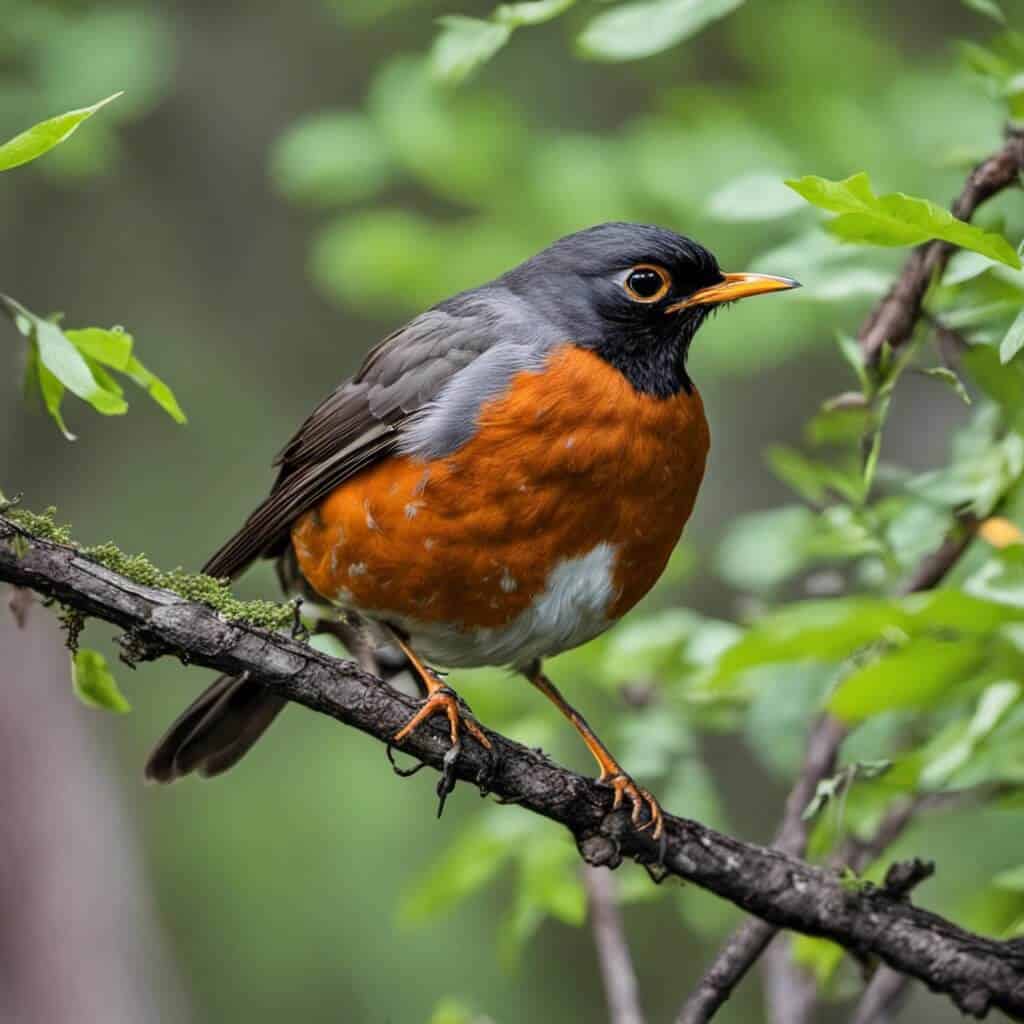
American Robin
The American Robin is a migratory bird travelling south during winter. They are known for their distinctive red breast and are commonly found in parks and gardens. Robins are known for their unique nesting habits, building their nests out of mud, grass, and twigs and prefer to feed on insects, worms, and berries.
Crow
Crows are brilliant bird species that are known for their problem solving abilities. They are omnivorous and will eat almost anything, including insects, small animals, and carrion. Crows are also known for their loud cawing calls and tendency to gather in large groups.
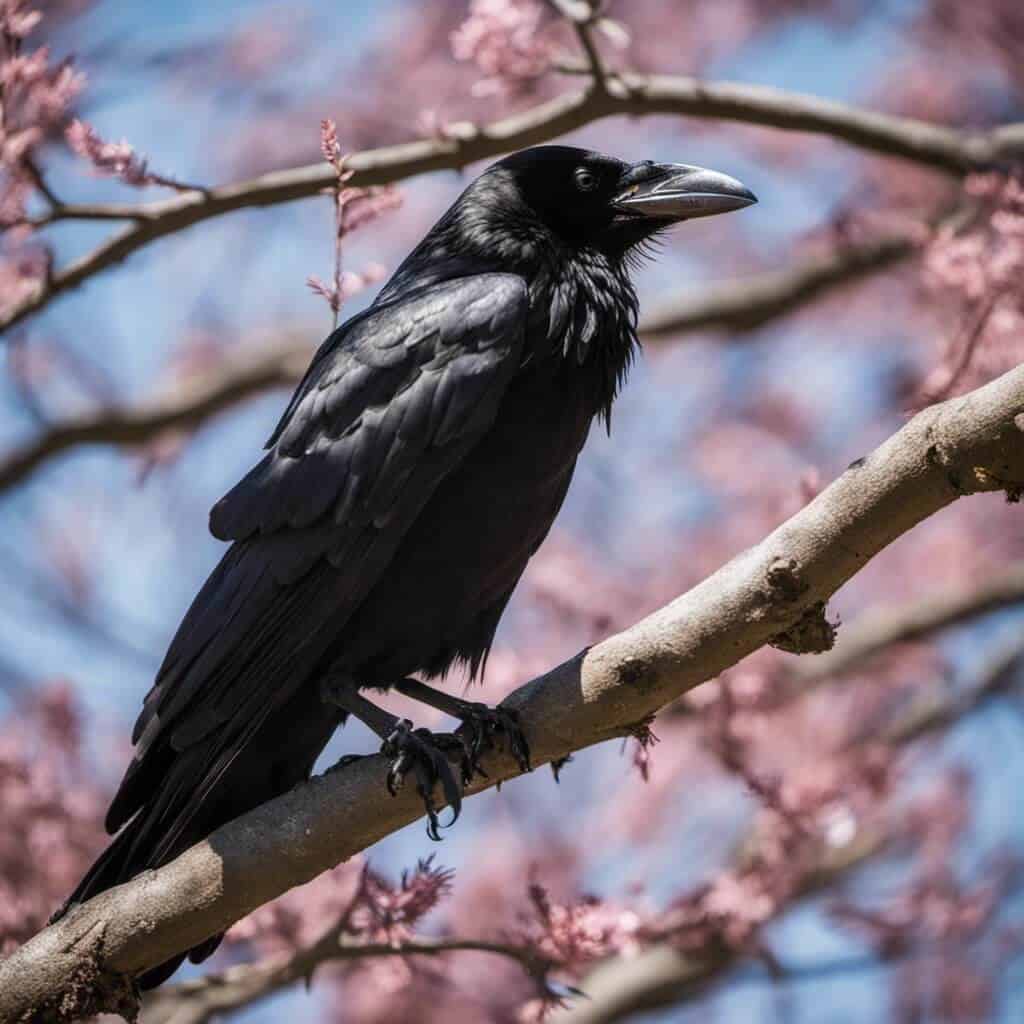
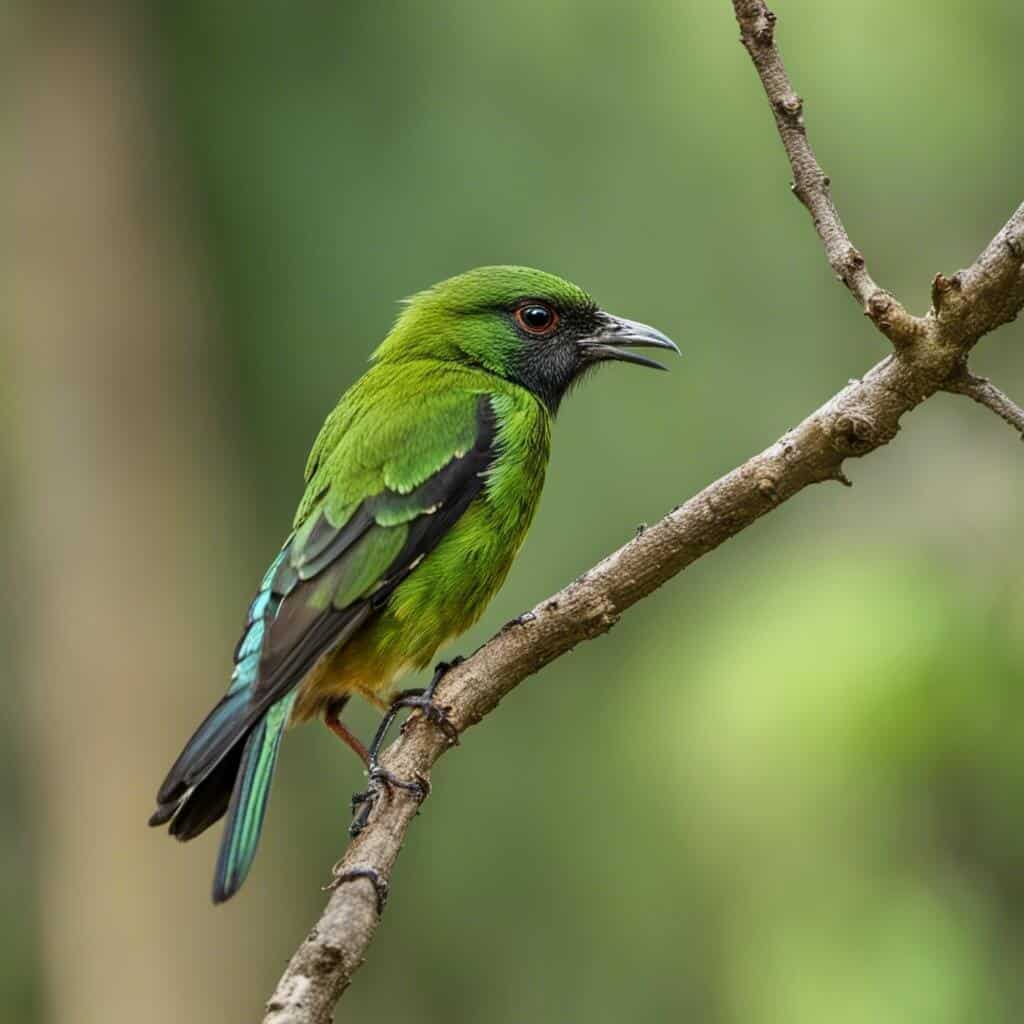
Flycatcher
Flycatchers are a group of bird species known for their unique hunting techniques. They catch insects in mid air by flying out from a perch and snatching them with their beaks. Flycatchers are also known for their distinctive calls and are commonly found in wooded areas.
Woodpecker
Woodpeckers are a group of bird species known for their distinctive drumming sounds. They use their beaks to drill into trees for insects and sap. Woodpeckers are also known for their unique nesting habits, building their nests in tree cavities.
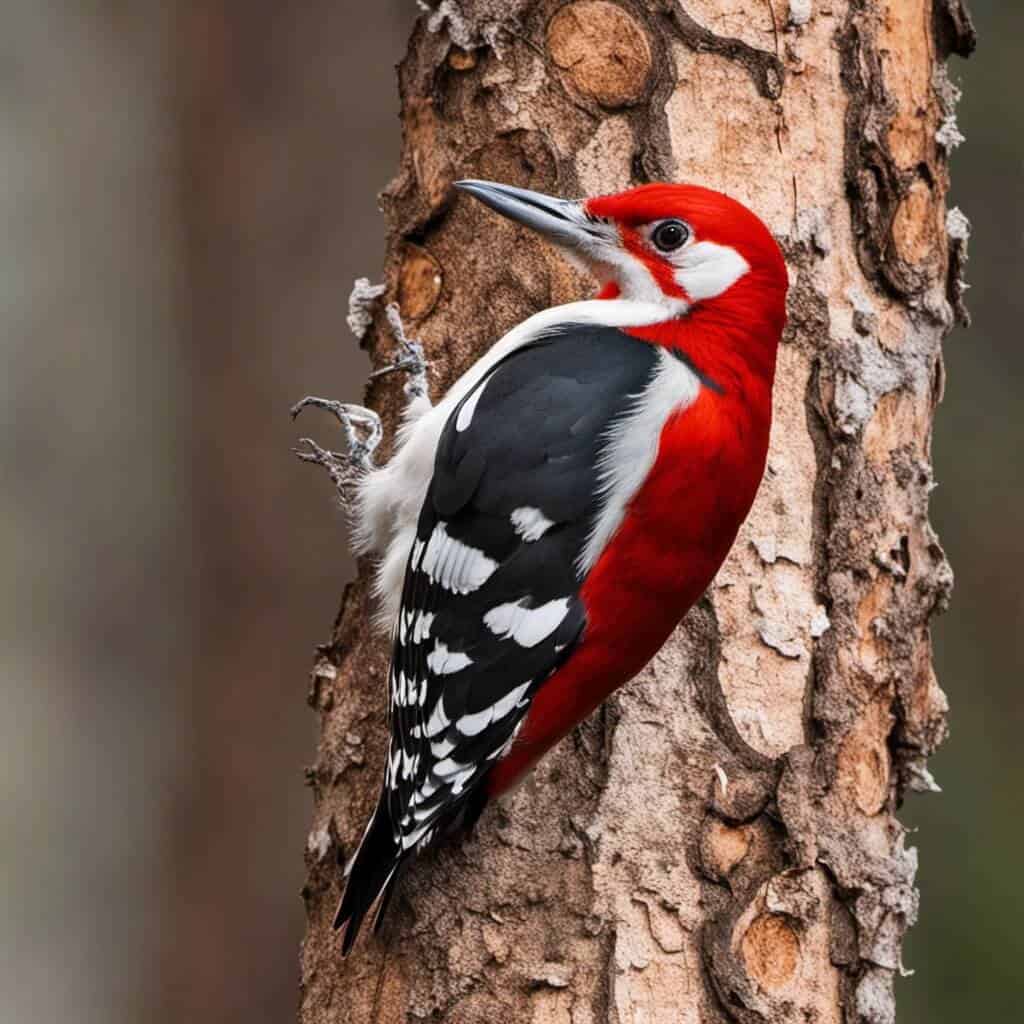
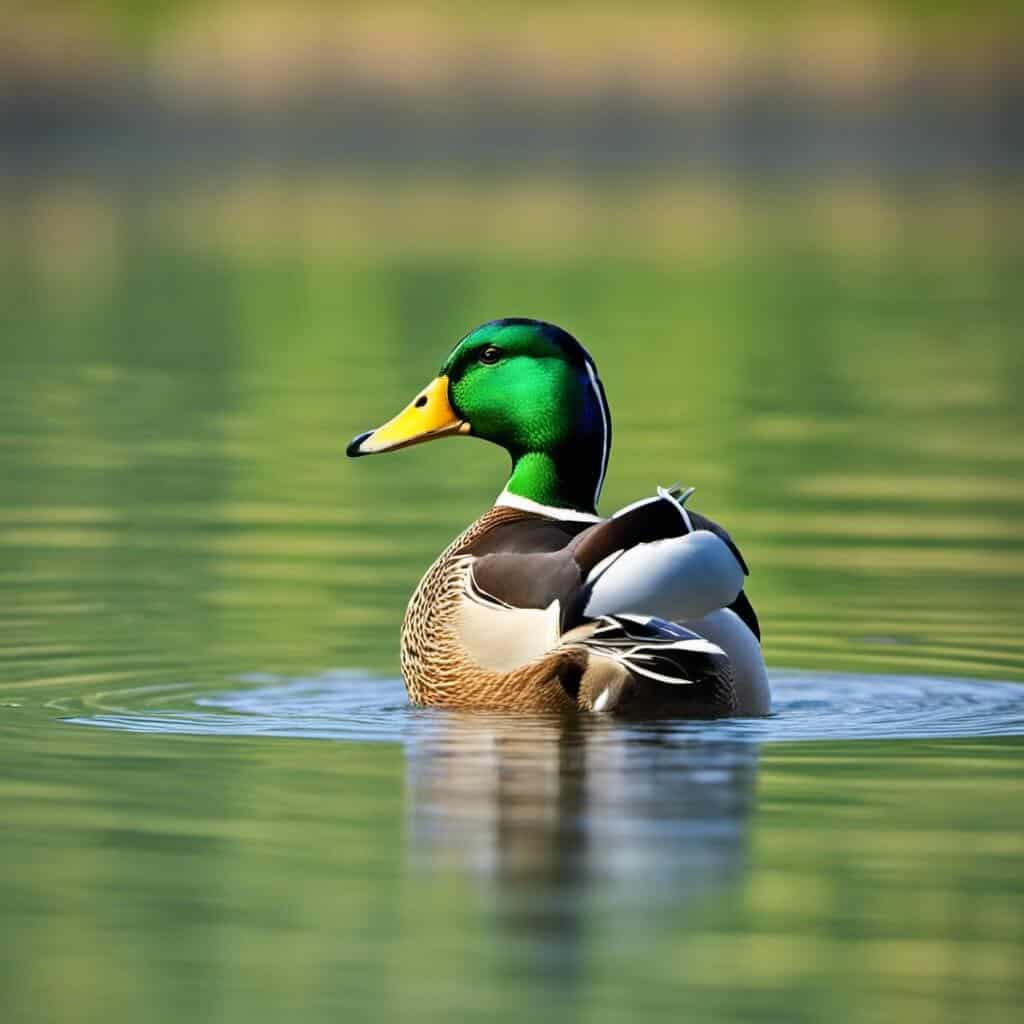
Mallard
Mallards are a species of duck commonly found in ponds and lakes. Mallards are omnivores and consume various foods like insects, plants, and small animals. They are also recognized for their unique courtship display, where the male duck bobs his head and flaps his wings.
Black-Capped Chickadee
Black-capped chickadees are small birds with a distinct call. They can be found in wooded areas and feed on insects, seeds, and berries. Chickadees are known for building their nests in tree cavities.
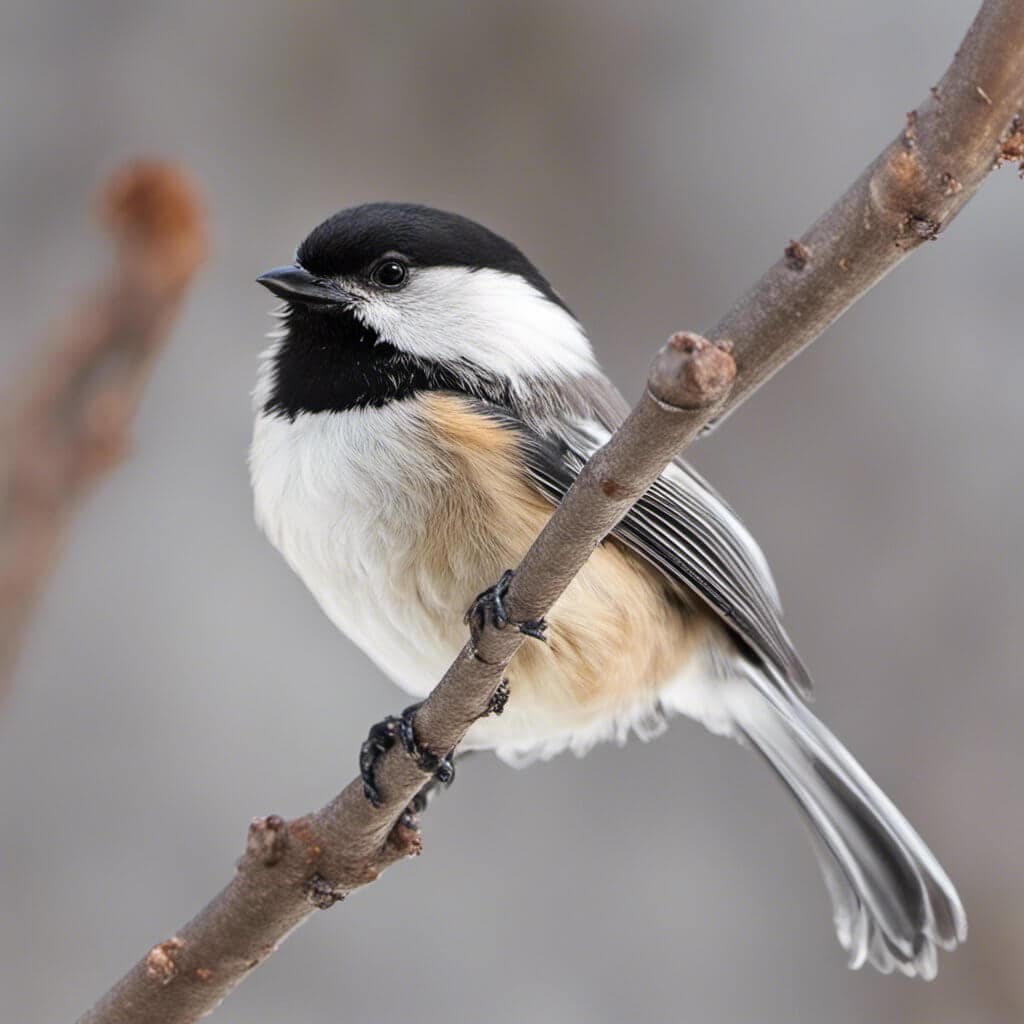
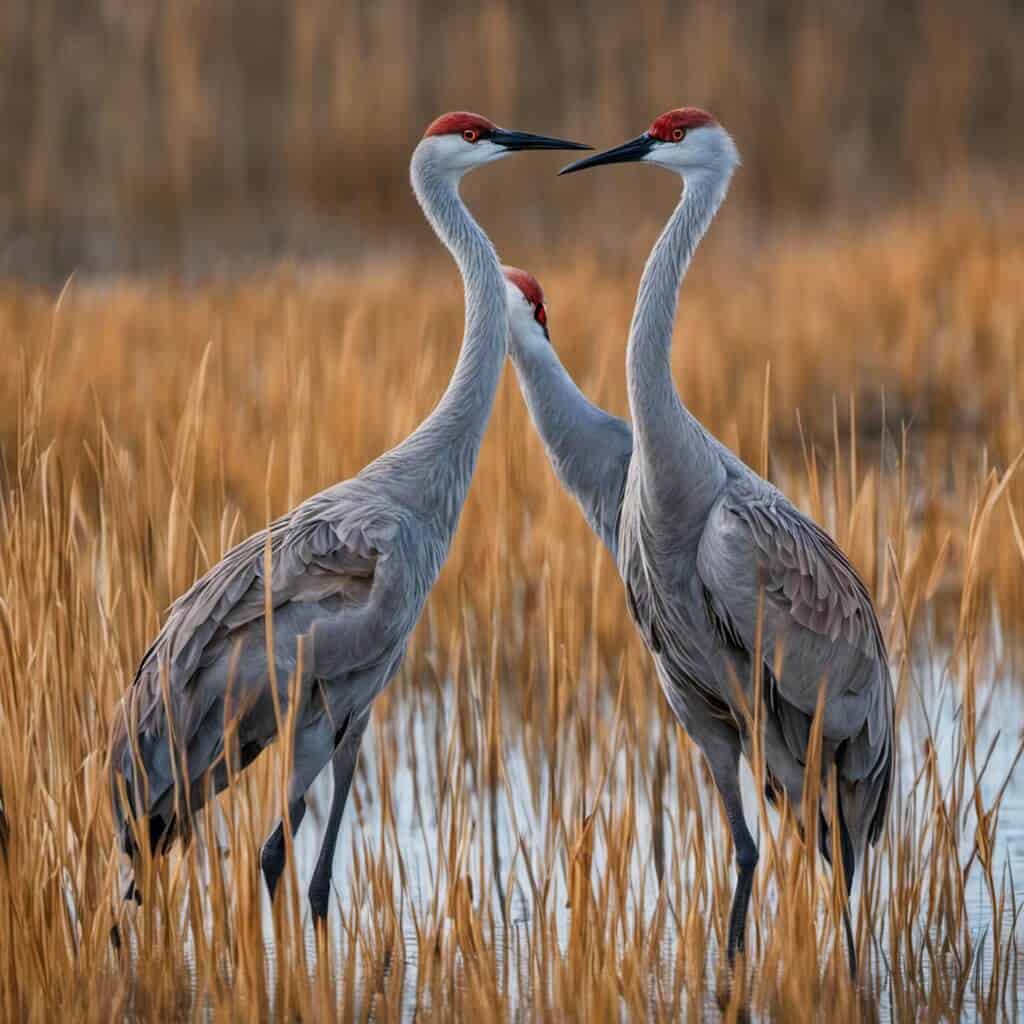
Sandhill Cranes
Sandhill cranes are large birds recognizable by their distinct calls and impressive courtship displays. They have an omnivorous diet and consume various foods such as plants, insects, and small animals. These birds are also known for their unique nesting habits and can be found building their nests in wetland areas.
Bald Eagle
Bald eagles are a bird of prey known for their distinctive white head and brown body. They are carnivorous and will eat various foods, including fish, small mammals, and carrion. Bald eagles are also known for their unique courtship displays, involving male and female eagles performing aerial acrobatics.
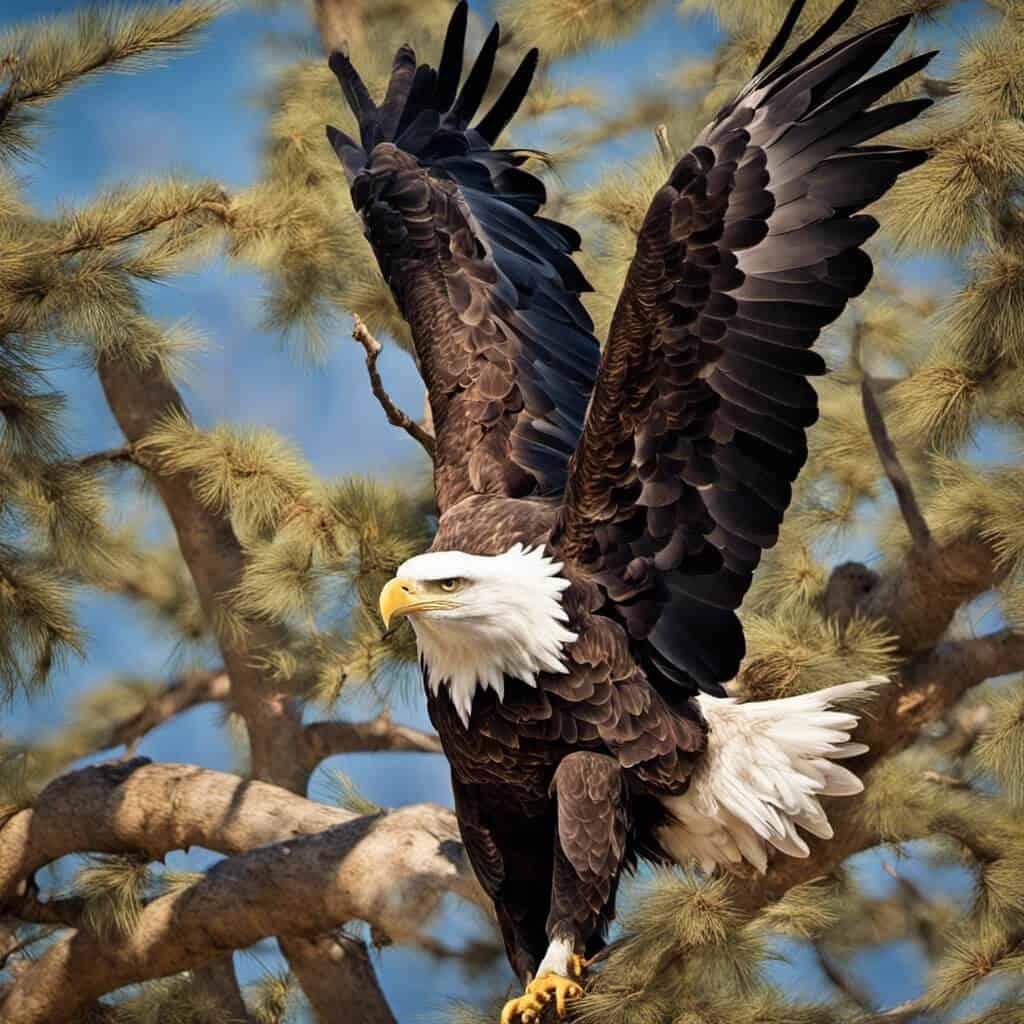
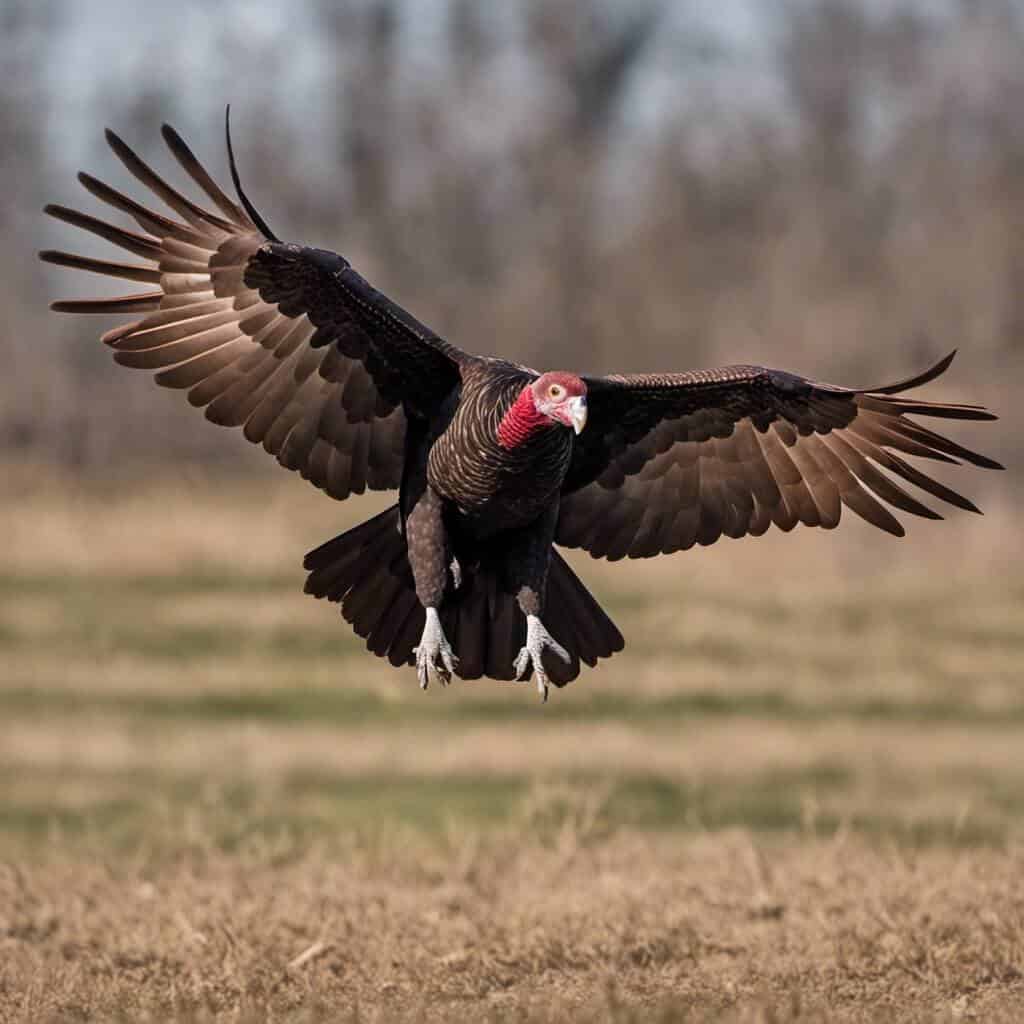
Turkey Vulture
Turkey vultures are predatory birds that are adept at scavenging. They feed on various carrion, such as roadkill and dead animals. Turkey vultures are easily identifiable by their unique redhead and are found in open fields and wooded regions.
Cedar waxwings are small birds known for their signature crest and yellow tails. These birds are omnivores and enjoy a variety of foods, such as insects, fruit, and berries. Cedar waxwings have an interesting way of courting each other. The male and female birds pass berries back and forth as part of their courtship display.
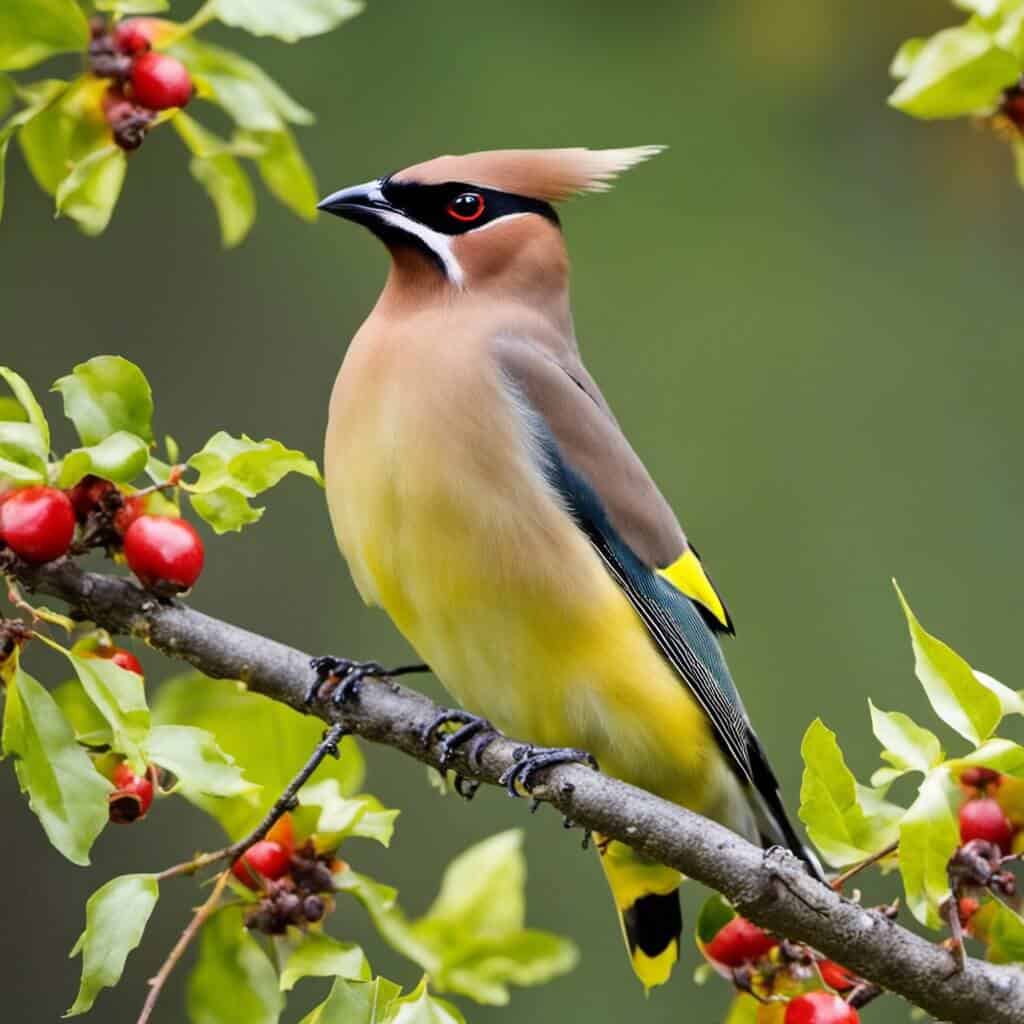
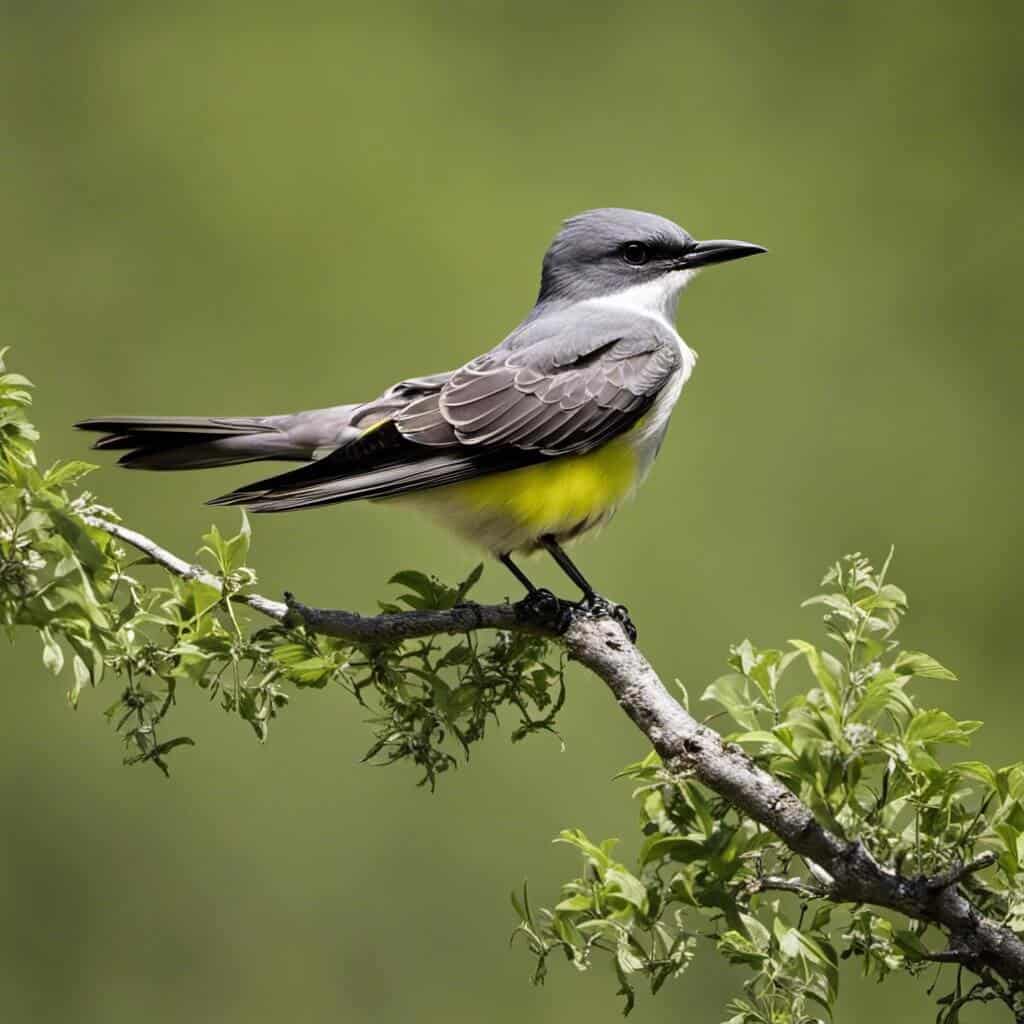
Kingbird
Kingbirds are a type of bird known for their aggressive behaviour toward other birds. They primarily eat insects, including bees and wasps. Kingbirds are recognized for their unique calls and are often found in open fields and wooded regions.
Starling
Starlings are small birds with black and white feathers that set them apart. Their plant and animal based diet includes insects, fruits, and seeds. One of the most distinctive things about starlings is their courtship displays, during which both male and female birds sing to each other.
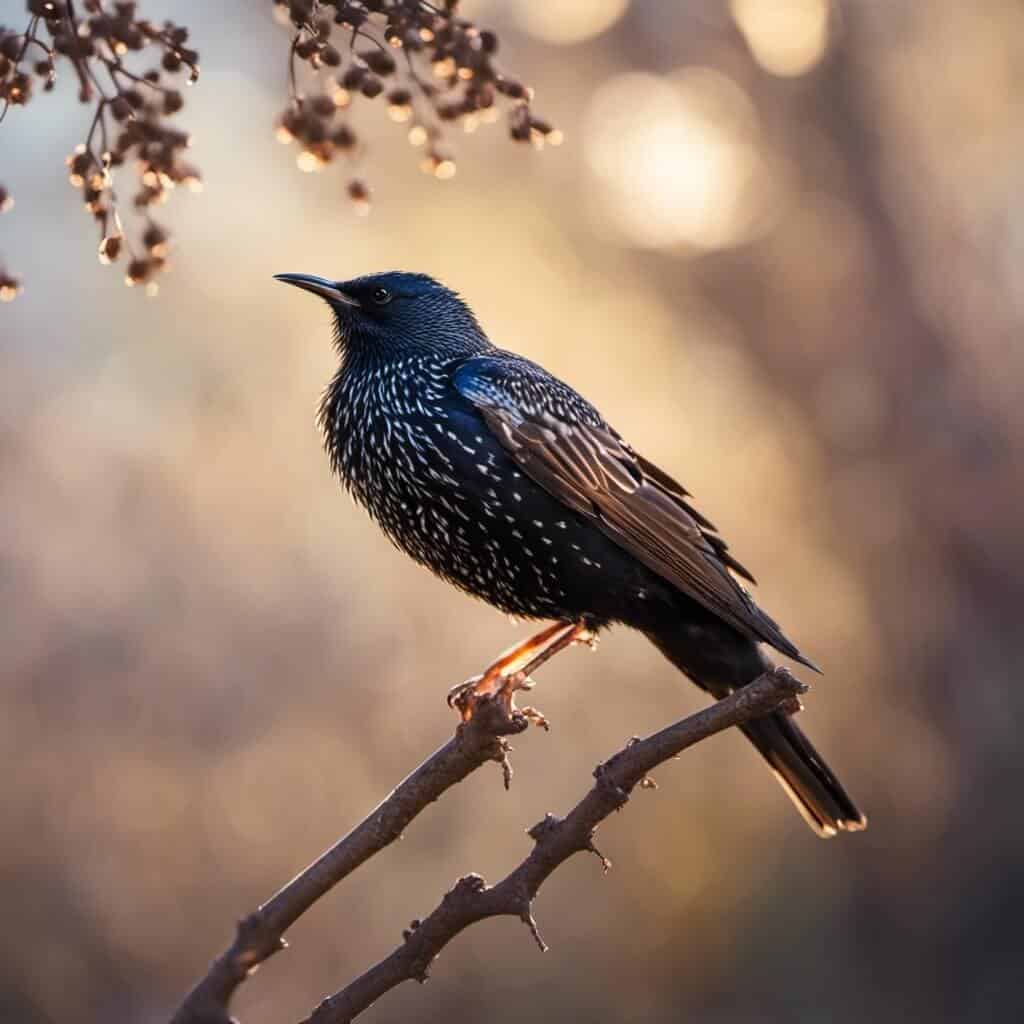
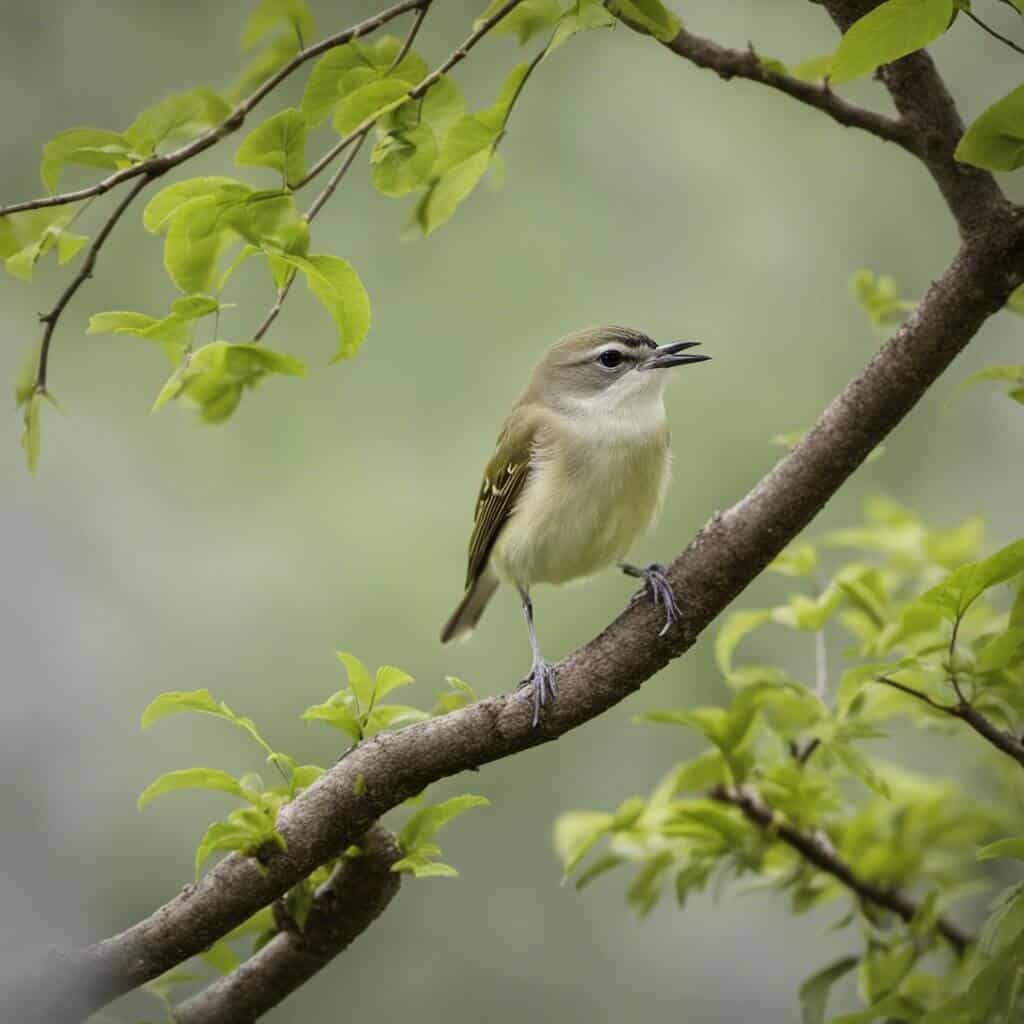
Vireo
Vireos are a group of bird species known for their distinctive calls. They are omnivorous, eating insects and fruit, and are known for building their nests in tree branches.
Short-Eared Owl
Short-eared owls are predatory birds recognized by their distinct ear tufts and yellow eyes. They are meat-eaters and consume a range of small mammals, such as mice and voles. Short-eared owls have a unique hunting technique, flying close to the ground over fields to hunt for prey.
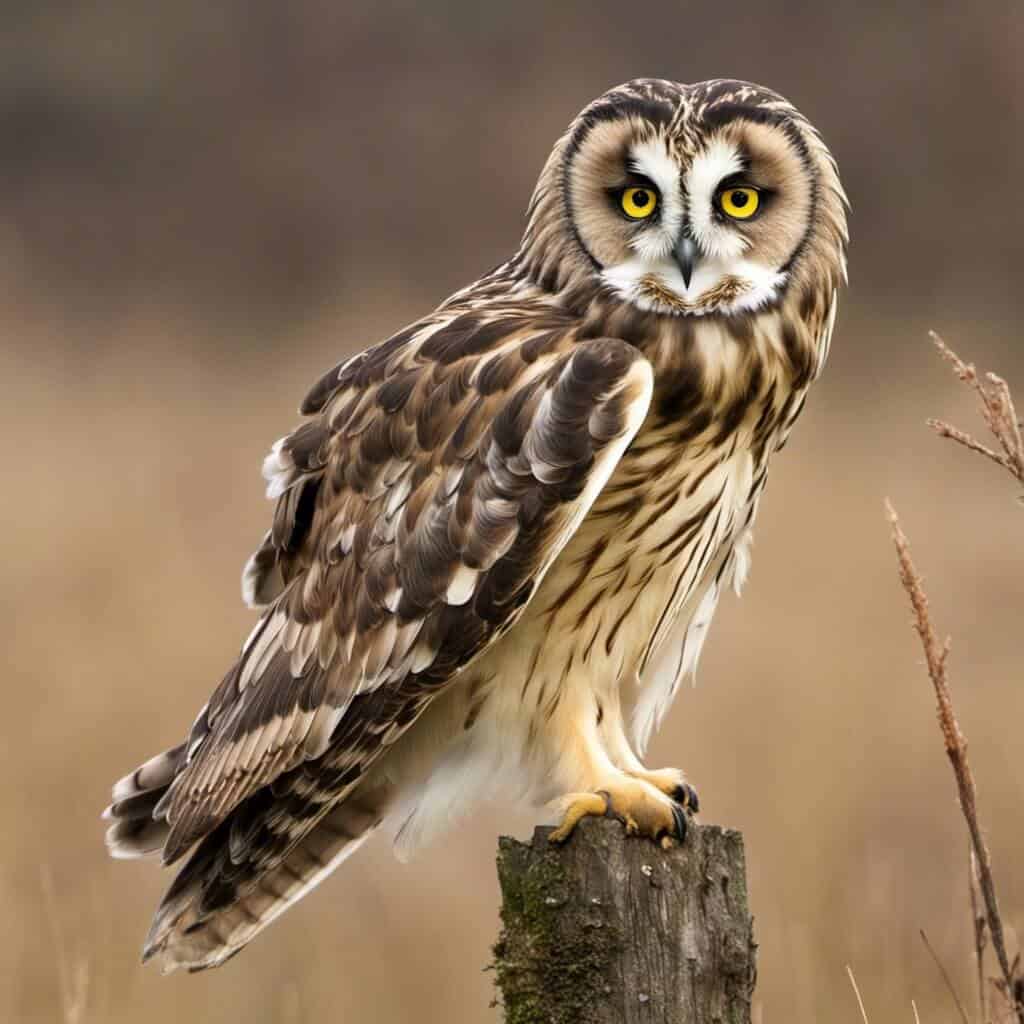
Impacts On Bird Behaviour
As with any animal, birds face a variety of predators in their natural habitats and are predators themselves. Some of the most common predators of birds include hawks, owls, falcons, and eagles. These birds of prey use their razor-sharp talons and beaks to catch and kill prey. Other predators of birds include snakes, cats, dogs, and even humans.
Birds have developed various strategies to avoid being caught. For example, some birds build their nests in hard-to-reach places, such as high up trees or cliffs. Like the plover, other birds will feign injury to lure predators away from their nests. Additionally, some birds, such as the flocking birds, will form large groups to confuse and intimidate predators.
Unfortunately, humans have had a significant impact on bird behaviour and populations. One of the biggest threats to birds is habitat loss due to human development. As humans build roads, cities, and agricultural fields, bird habitats are destroyed, leaving them with fewer places to nest and feed.
Another threat to birds is pollution. Pollution can harm birds in a variety of ways, including contaminating their food sources and damaging their respiratory systems. Climate change is causing shifts in bird migration patterns, which can disrupt their feeding and breeding habits.
Human activity has also introduced new predators to bird populations. For example, domestic cats, which are not native to many areas, have been shown to have a significant impact on bird populations. Similarly, humans have introduced non-native species, such as rats and snakes, which can prey on bird eggs and young.
Final Thoughts
Birds are essential in maintaining a healthy ecosystem by controlling the insect population and aiding in pollination. We can better understand and appreciate the natural world by studying bird behaviour. It is essential to take steps to preserve and protect these magnificent creatures while also enjoying observing them in our leisure time.
Frequently Asked Questions
What adaptations have birds developed to survive in different environments?
Birds have evolved various adaptations to thrive in diverse habitats. Certain species have acquired distinct beaks for breaking seeds or capturing insects. Some have developed long legs for wading in shallow water, while others have webbed feet to swim. Some birds have also developed unique feathers for insulation, while others have streamlined bodies to fly more efficiently.
How do environmental factors impact bird behaviour?
Environmental factors, such as temperature, precipitation, and habitat availability, can impact bird behaviour. For example, birds may alter their migratory patterns in response to temperature or food availability changes. Birds may also change their nesting habits in response to changes in habitat availability.
What role does bird behaviour play in their survival and reproduction?
Bird behaviour plays a critical role in their survival and reproduction. For example, birds that migrate long distances must time their migration correctly to avoid harsh weather conditions and find suitable breeding grounds. Birds that build elaborate nests must do so to protect their eggs and young from predators. Birds that feed on specific types of food must find those foods to survive.

